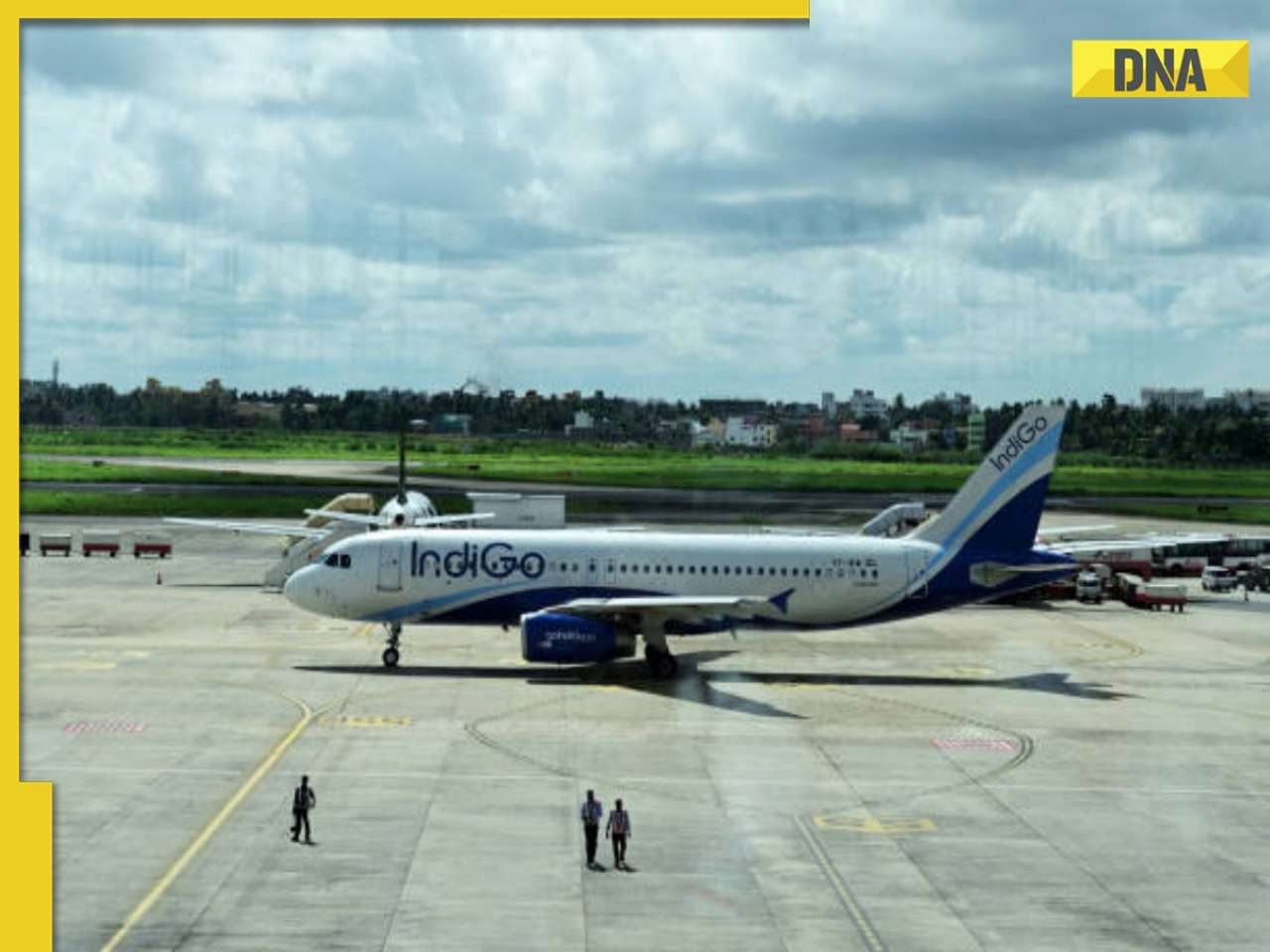Prime Minister Narendra Modi praised India’s home-grown weapons used during Operation Sindoor, saying they proved how strong and self-reliant the country has become.
Prime Minister Narendra Modi praised India’s home-grown weapons used during Operation Sindoor, saying they proved how strong and self-reliant the country has become. Speaking at a public event in Varanasi on Saturday, August 2nd, he said that India’s air defence systems successfully stopped enemy drones and missiles. He also announced that the powerful BrahMos missiles, which played a key role in the operation, will soon be manufactured in Lucknow—marking a major step forward for the ‘Atmanirbhar Bharat’ initiative.
The next-generation version of the BrahMos missile, which is jointly developed by India and Russia, will be produced at the recently opened BrahMos manufacturing facility in Uttar Pradesh. This new factory has been selected to build the upgraded missiles in large numbers and will soon begin full-scale production. According to reports, Russia has offered full technical assistance to India to co-develop the new BrahMos-II missile.
Early discussions between both countries have already started, aiming to strengthen defence ties and technological cooperation. India is now fast-tracking the development of this next-generation missile, BrahMos-II, after the successful use of the current BrahMos missile to destroy terrorist and military targets in Pakistan during Operation Sindoor in May 2025. This move marks a big step forward for India’s missile programme and follows major progress made by the Defence Research and Development Organisation (DRDO) in developing advanced scramjet engine technology.
Understanding Scramjet Technology
Scramjet is a special kind of engine that allows missiles or aircraft to fly at extremely high speeds—more than five times the speed of sound. It works by using air from the atmosphere to burn fuel, so it doesn’t need to carry oxygen like a rocket engine. This makes the missile lighter and faster, allowing it to travel long distances quickly. BrahMos-II is being jointly developed by India and Russia under BrahMos Aerospace. It is designed to fly between Mach 6 and Mach 8—that’s 7,200 to 9,600 km per hour—and can strike targets up to 1,500 kilometers away. It will use a scramjet engine, which is faster and more advanced than the ramjet engine used in the current BrahMos missile. Its design is said to be based on Russia’s 3M22 Zircon missile, which also uses scramjet technology and can reach speeds of Mach 9.
Understanding Ramjet and Scramjet Engines – The Power Behind BrahMos Missiles
India’s BrahMos missiles are among the fastest weapons in the world, and their high speed comes from two advanced types of engines—ramjet and scramjet. Unlike normal engines that use spinning parts, these engines use the missile’s own speed to pull in air, mix it with fuel, and burn it to create thrust. This makes the missile move even faster. Both ramjet and scramjet engines need the missile to already be moving at high speed before they can start working. This is why BrahMos missiles are launched with a booster at first, just like giving a push-start to an old scooter. The ramjet engine, used in the current BrahMos, works by slowing down the incoming air before mixing it with fuel and burning it. This engine allows the missile to fly at speeds of Mach 3 to Mach 4—that’s about 3,600 to 4,800 km/h. To give an idea, a regular passenger plane flies at about 900 km/h, so the BrahMos is four to five times faster. At that speed, the missile can travel from Delhi to Mumbai in just 17 minutes. The scramjet engine, which will power BrahMos-II, is even more advanced. Unlike the ramjet, it does not slow down the air at all. It burns the fuel while the air is still moving at super-high speeds. This is a big engineering challenge—like trying to light a match in a storm—but it makes the missile much faster. A scramjet can push a missile to speeds of Mach 6 to Mach 8—that's 7,200 to 9,600 km/h. At Mach 8, BrahMos-II could travel from Delhi to Mumbai in only 8 to 9 minutes.
Why Speed Matters
Higher speed means enemy defences have less time to detect, track, or stop the missile. A missile flying at Mach 8 gives just a few minutes of warning, making it nearly impossible to intercept. Faster missiles also reach targets sooner, giving military planners more options during operations. Creating a scramjet engine is one of the toughest engineering tasks. Scientists must solve problems like how to inject and burn fuel in air moving faster than sound, and how to build materials that can survive the extreme heat. Only a few countries in the world have this technology. India joining that group with BrahMos-II is a major scientific and defence success.
India’s Technological Leap
The shift from BrahMos (with ramjet) to BrahMos-II (with scramjet) shows India’s rise in missile technology. The current BrahMos is already one of the fastest cruise missiles in the world. The upcoming BrahMos-II will place India in the elite group of nations with hypersonic missile capability. This progress also helps in other areas, such as space research, aircraft technology, and materials science. In simple terms, both ramjet and scramjet are amazing engines that use the missile’s own speed to breathe air and burn fuel. But scramjet is built for extreme speeds, and BrahMos-II will show India’s ability to master this advanced technology.
BrahMos-II Development History and Challenges
The BrahMos-II project was first announced in 2008 but faced many delays. One major reason was the Missile Technology Control Regime (MTCR), which earlier prevented Russia from sharing missile technology with ranges over 300 km. This issue was resolved after India joined the MTCR in 2016. Still, the project was slowed by technical challenges and high development costs. The project regained focus recently as many countries began racing to develop hypersonic weapons. To stay ahead, India is now strengthening its partnership with Russia to speed up BrahMos-II’s development and improve its overall missile power.
Current BrahMos Missile Capabilities
The BrahMos missile is currently used by all three branches of the Indian Armed Forces—Army, Navy, and Air Force. It is the world’s fastest supersonic cruise missile in operation today, flying at Mach 3.5 (around 4,300 km/h), and can strike targets between 290 to 800 kilometers away. In Operation Sindoor, the missile successfully destroyed all its targets using fire-and-forget technology, meaning once it is launched, it can find and hit the target on its own.
BrahMos-II: Expected Features (Made Simple)
Speed: Can fly 6 to 8 times faster than sound Range: Can hit targets up to 1,500 km away Engine: Will use a scramjet engine for ultra-high speed Design influence: Inspired by Russia’s Zircon missile Weight: Around 1.33 tonnes (about half the weight of the air-launched BrahMos-A) Platform compatibility: Likely to be used with India’s LCA Tejas Mk 2 fighter jet In a major breakthrough, DRDO successfully tested a scramjet engine component in April 2025 for over 1,000 seconds. This test marked a turning point, showing that India is now ready to join the hypersonic missile league.
(Girish Linganna is an award-winning science communicator and a Defence, Aerospace & Geopolitical Analyst. He is the Managing Director of ADD Engineering Components India Pvt. Ltd., a subsidiary of ADD Engineering GmbH, Germany. Contact: girishlinganna@gmail.com)
(Disclaimer: The views expressed above are the author's own and do not reflect those of DNA)
 Joe Root creates world record, becomes first player to achieve massive feat in WTC history
Joe Root creates world record, becomes first player to achieve massive feat in WTC history IND vs ENG: Anderson-Tendulkar trophy witnesses record-breaking run fest in historic 2025 series
IND vs ENG: Anderson-Tendulkar trophy witnesses record-breaking run fest in historic 2025 series Shah Rukh Khan's daughter Suhana Khan reacts to his first National Award, pens emotional win on superstar's win: 'No one tells them like you'
Shah Rukh Khan's daughter Suhana Khan reacts to his first National Award, pens emotional win on superstar's win: 'No one tells them like you'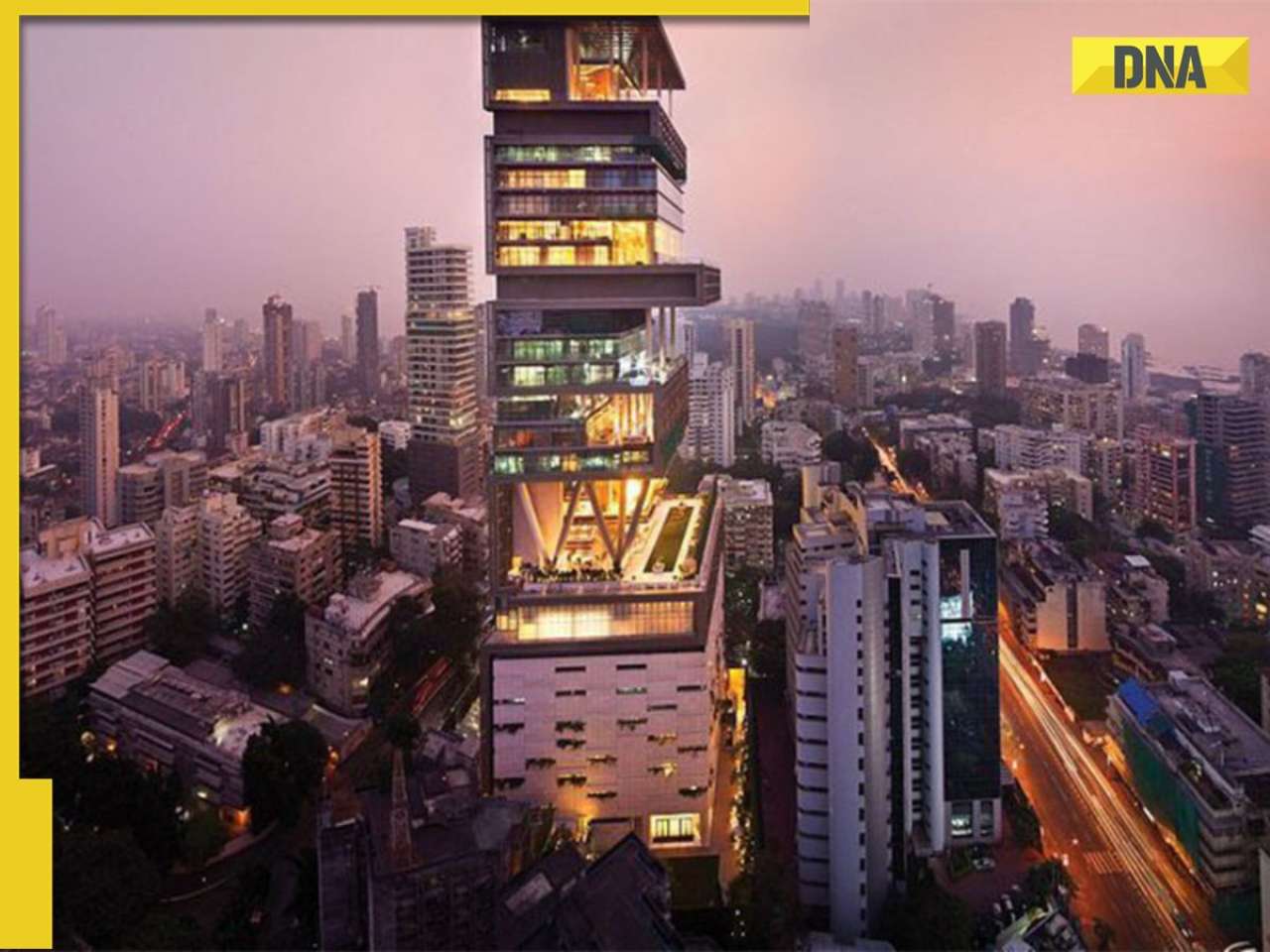 From Juhu to Bandra West, THESE 5 areas of Mumbai's most expensive and posh areas, home to billionaires, celebrities
From Juhu to Bandra West, THESE 5 areas of Mumbai's most expensive and posh areas, home to billionaires, celebrities IND vs ENG 5th Test: Mohammed Siraj’s boundary error hands six to Harry Brook, Prasidh Krishna left red-faced - Watch
IND vs ENG 5th Test: Mohammed Siraj’s boundary error hands six to Harry Brook, Prasidh Krishna left red-faced - Watch Exclusive: Jyoti Malhotra on Volvo XC60, New Launches & Volvo’s India Strategy | Volvo Car India MD
Exclusive: Jyoti Malhotra on Volvo XC60, New Launches & Volvo’s India Strategy | Volvo Car India MD Exclusive Interview: Rajeev Kapur on Steelbird’s New Helmets & Global Strategy!
Exclusive Interview: Rajeev Kapur on Steelbird’s New Helmets & Global Strategy! Futuristic Education: AI or Natural Intelligence, What's in focus? | Rajiv Tandon, BITS Pilani Digital
Futuristic Education: AI or Natural Intelligence, What's in focus? | Rajiv Tandon, BITS Pilani Digital Tata Harrier EV Review | Most Advanced Electric SUV from Tata?
Tata Harrier EV Review | Most Advanced Electric SUV from Tata? Vida VX2 Plus Electric Scooter Review: Range, Power & Real-World Ride Tested!
Vida VX2 Plus Electric Scooter Review: Range, Power & Real-World Ride Tested! Meet man who rejected Rs 1.5 billion job offer from Mark Zuckerberg, now his startup is valued at..., check his viral LinkedIn story
Meet man who rejected Rs 1.5 billion job offer from Mark Zuckerberg, now his startup is valued at..., check his viral LinkedIn story  Instagram new rule: THESE users can no longer use live feature, check details
Instagram new rule: THESE users can no longer use live feature, check details Who is Matt Deitke? 24-years-old AI genius, who turned down Meta's 125 billion USD offer, later Mark Zuckerberg personally met him with double paycheck
Who is Matt Deitke? 24-years-old AI genius, who turned down Meta's 125 billion USD offer, later Mark Zuckerberg personally met him with double paycheck This is world’s longest car, has helipad, golf course, swimming pool; with over 75 seats, owned by THIS billionaire, not owned by Elon Musk, Mark Zuckerberg, Mukesh Ambani, Gautam Adani
This is world’s longest car, has helipad, golf course, swimming pool; with over 75 seats, owned by THIS billionaire, not owned by Elon Musk, Mark Zuckerberg, Mukesh Ambani, Gautam Adani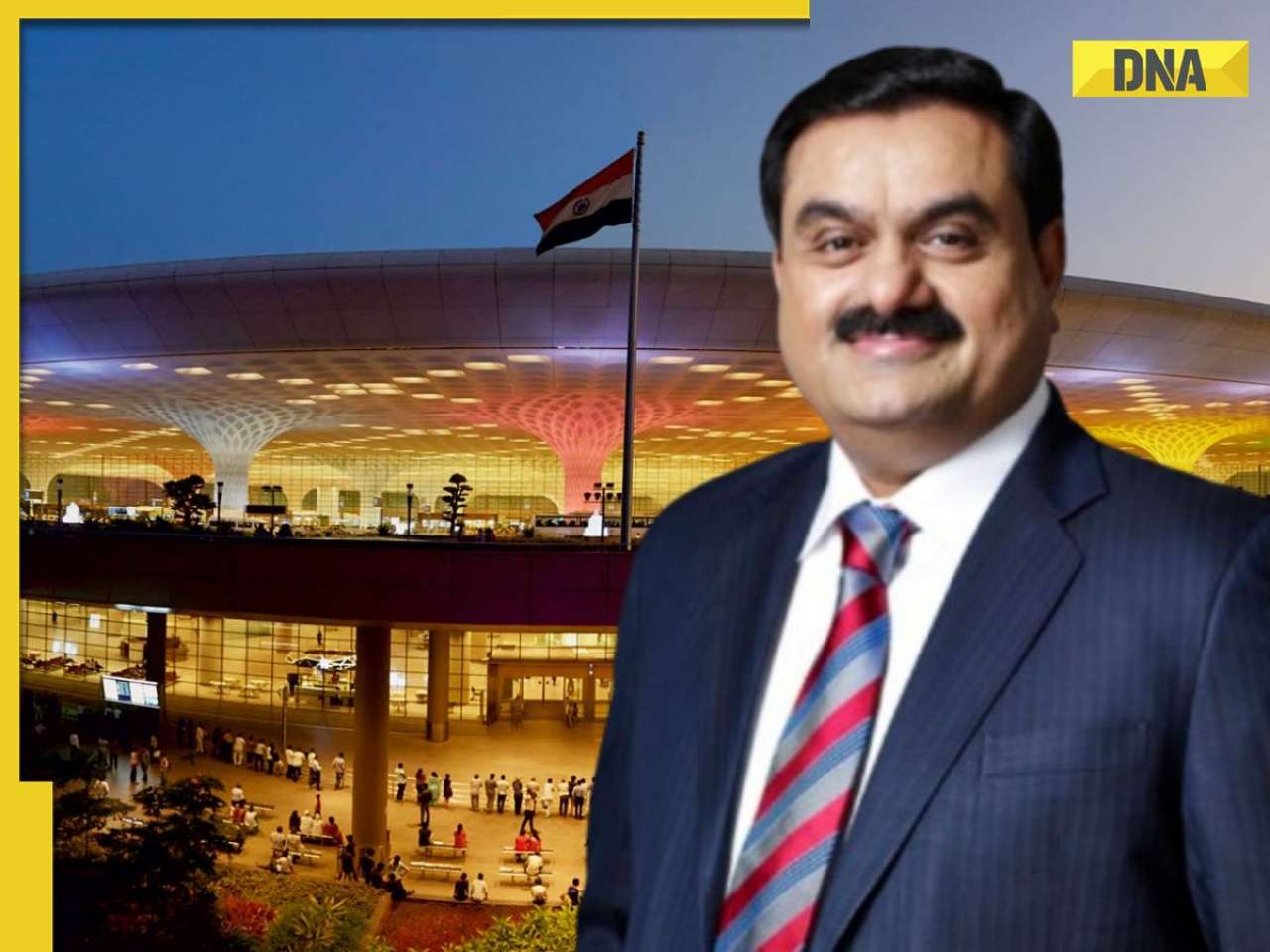 Gautam Adani takes BIG step, as Adani group set to launch major city-side development at 8 airports across 655 acres, phase-1 to kick-start in...
Gautam Adani takes BIG step, as Adani group set to launch major city-side development at 8 airports across 655 acres, phase-1 to kick-start in... Munjya, Stree 2, Roohi and more new-age Bollywood horror-comedies that'll scare and tickle you
Munjya, Stree 2, Roohi and more new-age Bollywood horror-comedies that'll scare and tickle you Masaba Gupta’s weight loss secret after motherhood, 5 delicious meals that got her back in shape
Masaba Gupta’s weight loss secret after motherhood, 5 delicious meals that got her back in shape Rubina Dilaik’s crème brûlée paratha is the 'desi' dessert twist perfect for monsoon, recipe inside
Rubina Dilaik’s crème brûlée paratha is the 'desi' dessert twist perfect for monsoon, recipe inside Keerthy Suresh to Kangana Ranaut: 5 Indian actresses who brilliantly portrayed iconic actresses on-screen
Keerthy Suresh to Kangana Ranaut: 5 Indian actresses who brilliantly portrayed iconic actresses on-screen In Pics: Huma Qureshi and Saqib Saleem’s stunning Mumbai bungalow with private pool and art collection
In Pics: Huma Qureshi and Saqib Saleem’s stunning Mumbai bungalow with private pool and art collection From Juhu to Bandra West, THESE 5 areas of Mumbai's most expensive and posh areas, home to billionaires, celebrities
From Juhu to Bandra West, THESE 5 areas of Mumbai's most expensive and posh areas, home to billionaires, celebrities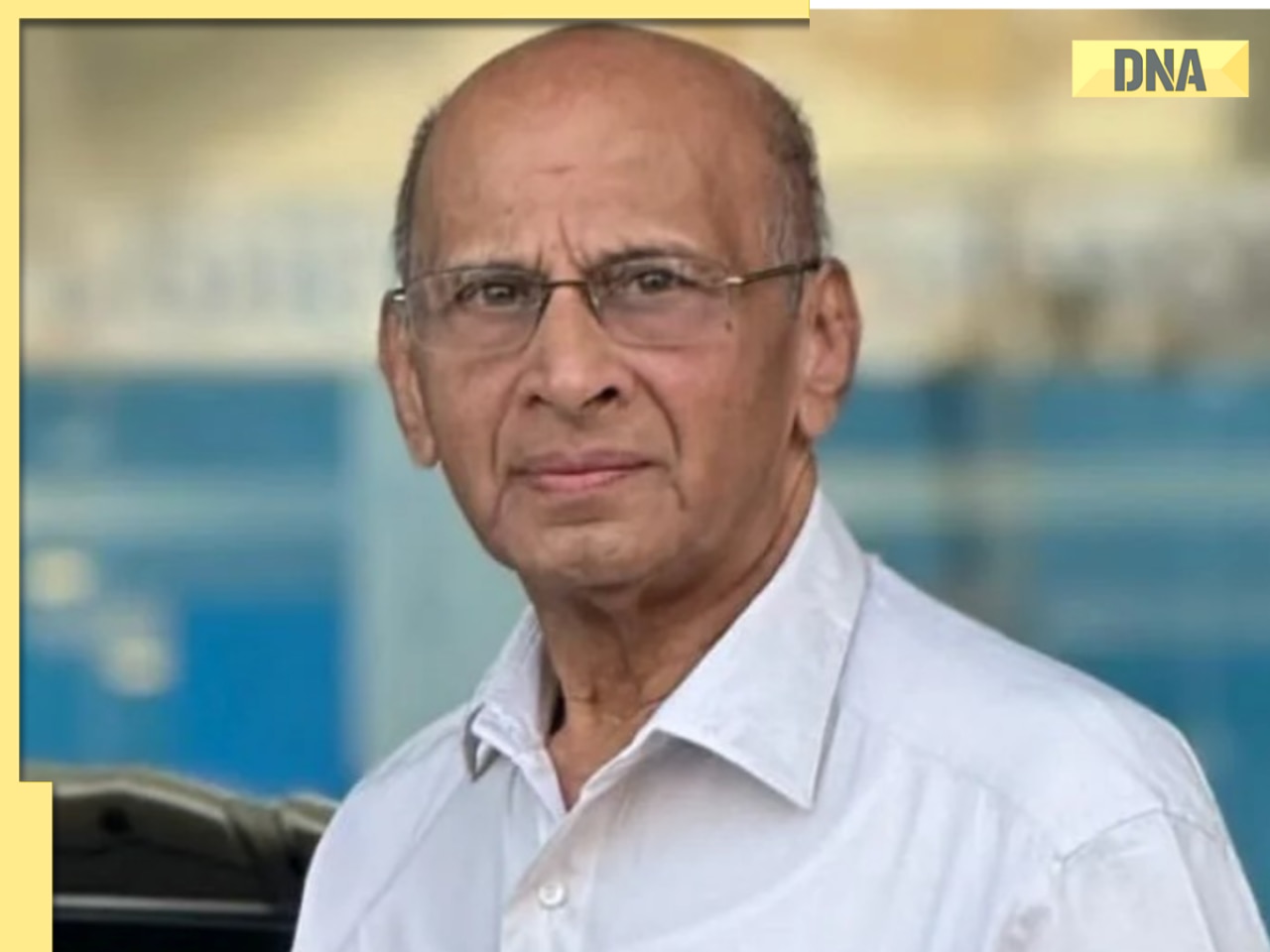 Who was Dr AK Rairu Gopal? Kerala doctor who charged Rs 2 as his consultation fee passes away
Who was Dr AK Rairu Gopal? Kerala doctor who charged Rs 2 as his consultation fee passes away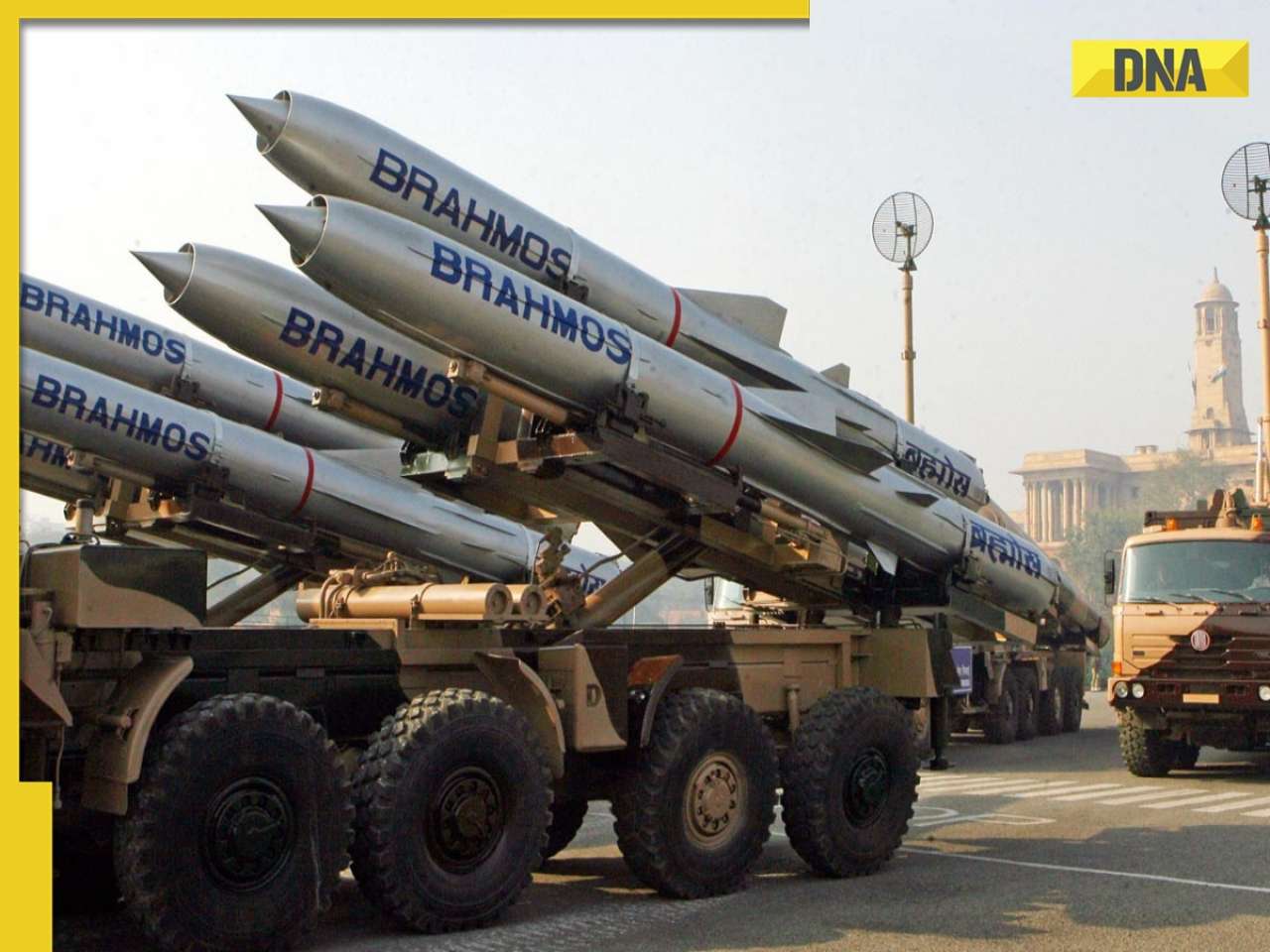 Beyond Supersonic: India unveils BrahMos-II, a new age of Hypersonic warfare
Beyond Supersonic: India unveils BrahMos-II, a new age of Hypersonic warfare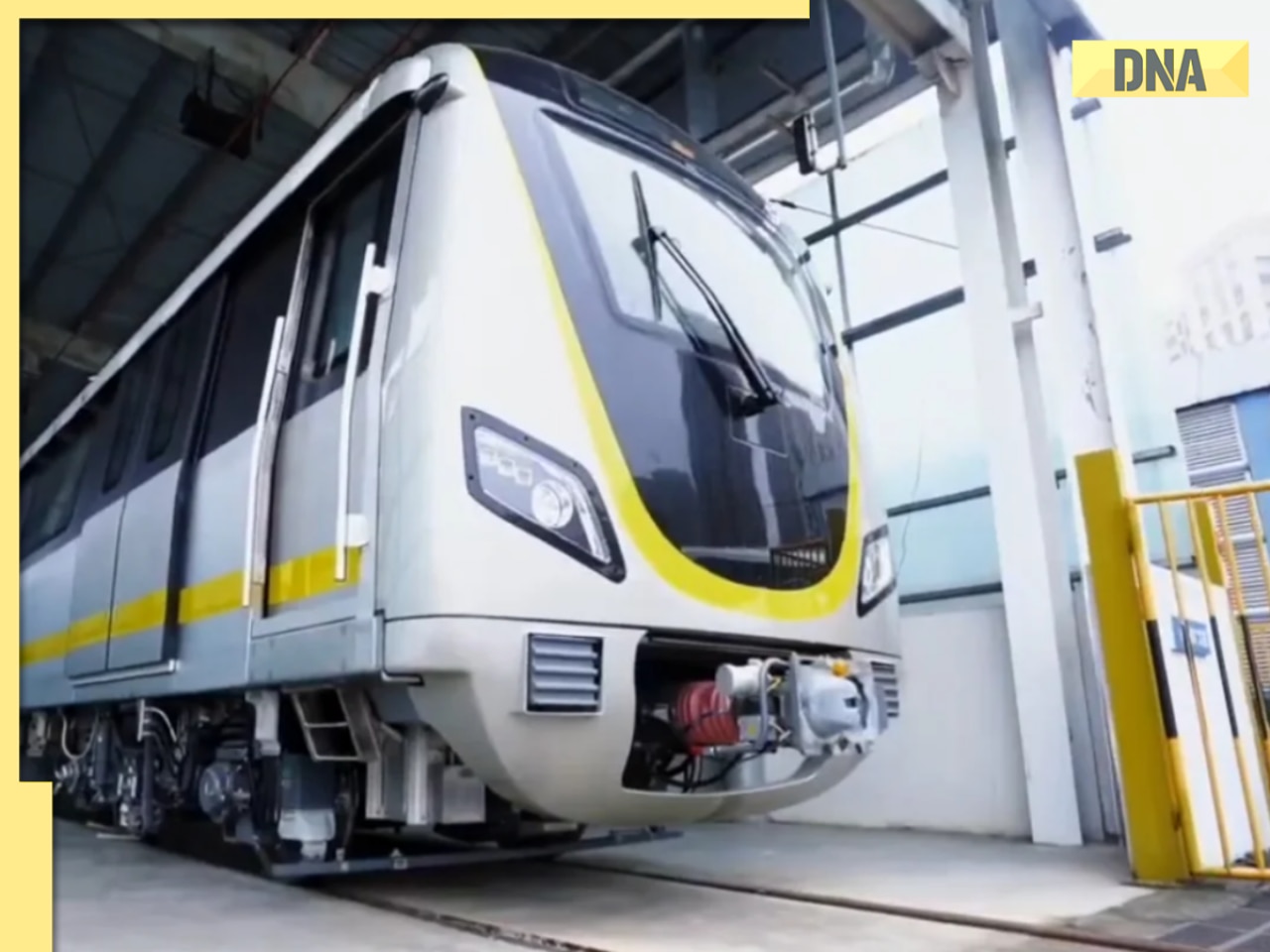 Good news for Bengaluru residents: PM Modi to inaugurate Namma Yellow Line Metro on..., commute time to be reduced by...., check date and key features here
Good news for Bengaluru residents: PM Modi to inaugurate Namma Yellow Line Metro on..., commute time to be reduced by...., check date and key features here Delhi Rains: Yamuna water level rising, may cross danger mark on…; officials warn low-lying areas
Delhi Rains: Yamuna water level rising, may cross danger mark on…; officials warn low-lying areas Meet woman, an SRCC-graduate, one of the youngest female IAS officers who cracked UPSC at 21, she is...
Meet woman, an SRCC-graduate, one of the youngest female IAS officers who cracked UPSC at 21, she is... Meet Tina Dabi's ex-husband's second wife, medical professional, who is perfect example of beauty with brain, she is from...
Meet Tina Dabi's ex-husband's second wife, medical professional, who is perfect example of beauty with brain, she is from... Meet man, son of engineer who topped NEET PG 2024 with AIR 1, got admission in..., he is from...
Meet man, son of engineer who topped NEET PG 2024 with AIR 1, got admission in..., he is from... NEET PG 2025 today, know shift timings, documents to carry, gate closing time, and...
NEET PG 2025 today, know shift timings, documents to carry, gate closing time, and... CBSE 10th Compartment Result 2025 to be declared on results.cbse.gov.in; Know how to check, download, date
CBSE 10th Compartment Result 2025 to be declared on results.cbse.gov.in; Know how to check, download, date This is world’s longest car, has helipad, golf course, swimming pool; with over 75 seats, owned by THIS billionaire, not owned by Elon Musk, Mark Zuckerberg, Mukesh Ambani, Gautam Adani
This is world’s longest car, has helipad, golf course, swimming pool; with over 75 seats, owned by THIS billionaire, not owned by Elon Musk, Mark Zuckerberg, Mukesh Ambani, Gautam Adani Maruti Suzuki's e Vitara set to debut electric market at Rs..., with range of over 500 km, to launch on...
Maruti Suzuki's e Vitara set to debut electric market at Rs..., with range of over 500 km, to launch on... This is world’s most expensive wood, cost of 1kg wood is more than gold, its name is..., is found in...
This is world’s most expensive wood, cost of 1kg wood is more than gold, its name is..., is found in... This luxury car is first choice of Indians, even left BMW, Jaguar, Audi behind in sales, it is...
This luxury car is first choice of Indians, even left BMW, Jaguar, Audi behind in sales, it is... Kia India unveils Carens Clavis: Check features, design changes, price and more; bookings open on...
Kia India unveils Carens Clavis: Check features, design changes, price and more; bookings open on...









)
)
)
)
)
)
)
)
)
)
)
)
)
)
)
)




